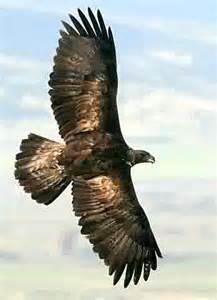Fifteen of us braved the perfect weather on Saturday morning, and made the brief drive from The Front Range Birding Company over to the Denver Botanic gardens at Chatfield without mishap. The morning was perfect, and we ended up recording 42 species (see list below).
Highlights were numerous, fast, and furious. We got to see a voracious Pied-billed Grebe subdue a crayfish and gulp it down. An adult and juvenile Black-crowned Night-Heron gave us both profiles as they flew past us first this-a-way and then that-a-way. A Broad-tailed Hummingbird harassed an American Robin that couldn’t pay it any mind because it was busy harassing a Cooper’s Hawk. A Swainson’s Hawk dive-bombed another Swainson’s forcing it to drop the vole (gopher?) it was carrying. Juvenile Say’s Phoebes were our representative dull-colored, difficult birds to identify for the morning, but we had plenty of time to work it all out. A juvenile Western Kingbird was incredibly pale compared to the adults (photo courtesy of dwfurbanwildlife.com).

A massive flock of juvenile European Starlings gave me pause for a minute – so unlike the adults (photo courtesy of Bill Schmoker).

And a male ‘Black-backed’ race of the Lesser Goldfinch sent everyone scrambling for their field guides – supposedly more common farther east, but we get them around here with some regularity (photo courtesy of txtbbatamu.edu).

The bird show was a good one, and the Botanic Gardens is a good place to catch it!
Best regards, Chuck Aid
Denver Botanic Gardens at Chatfield, Aug 6, 2016
42 species
Mallard (Anas platyrhynchos) 10
Pied-billed Grebe (Podilymbus podiceps) 1
Double-crested Cormorant (Phalacrocorax auritus) 1
Black-crowned Night-Heron (Nycticorax nycticorax) 2
Turkey Vulture (Cathartes aura) 1
Cooper’s Hawk (Accipiter cooperii) 1
Bald Eagle (Haliaeetus leucocephalus) 1
Swainson’s Hawk (Buteo swainsoni) 4
Red-tailed Hawk (Buteo jamaicensis) 2
Killdeer (Charadrius vociferus) 1
Rock Pigeon (Feral Pigeon) (Columba livia (Feral Pigeon)) 17
Eurasian Collared-Dove (Streptopelia decaocto) 2
Mourning Dove (Zenaida macroura) 6
Black-chinned Hummingbird (Archilochus alexandri) 1
Broad-tailed Hummingbird (Selasphorus platycercus) 7
Belted Kingfisher (Megaceryle alcyon) 2
Downy Woodpecker (Picoides pubescens) 1
Northern Flicker (Colaptes auratus) 5
American Kestrel (Falco sparverius) 1
Western Wood-Pewee (Contopus sordidulus) 6
Cordilleran Flycatcher (Empidonax occidentalis) 1
Say’s Phoebe (Sayornis saya) 2
Western Kingbird (Tyrannus verticalis) 3
Blue Jay (Cyanocitta cristata) 2
Black-billed Magpie (Pica hudsonia) 20
Violet-green Swallow (Tachycineta thalassina) 2
Barn Swallow (Hirundo rustica) 7
Cliff Swallow (Petrochelidon pyrrhonota) 3
Black-capped Chickadee (Poecile atricapillus) 6
House Wren (Troglodytes aedon) 9
American Robin (Turdus migratorius) 33
European Starling (Sturnus vulgaris) 40
Cedar Waxwing (Bombycilla cedrorum) 2
Yellow Warbler (Setophaga petechia) 5
Chipping Sparrow (Spizella passerina) 3
Song Sparrow (Melospiza melodia) 6
Spotted Towhee (Pipilo maculatus) 1
Western Tanager (Piranga ludoviciana) 2
Red-winged Blackbird (Agelaius phoeniceus) 22
House Finch (Haemorhous mexicanus) 28
Lesser Goldfinch (Spinus psaltria) 13
American Goldfinch (Spinus tristis) 9















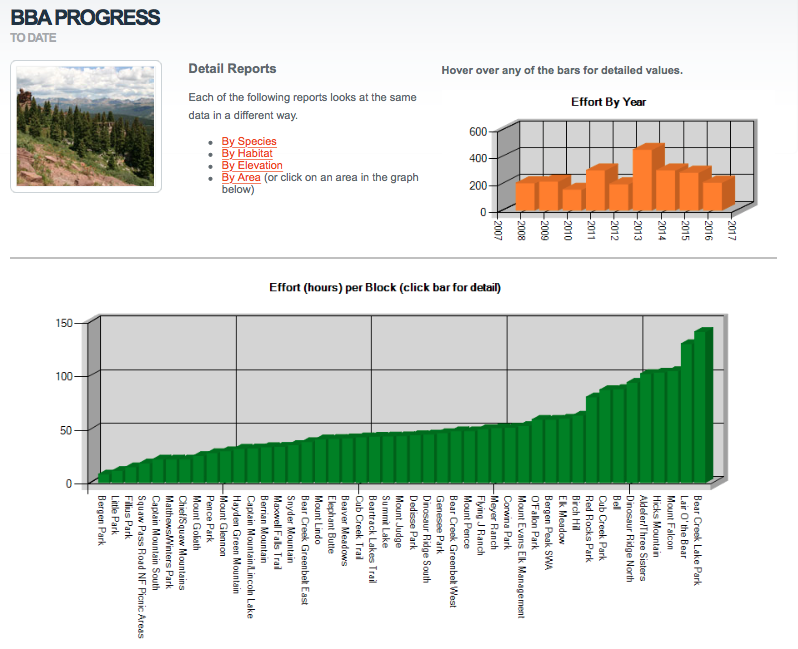
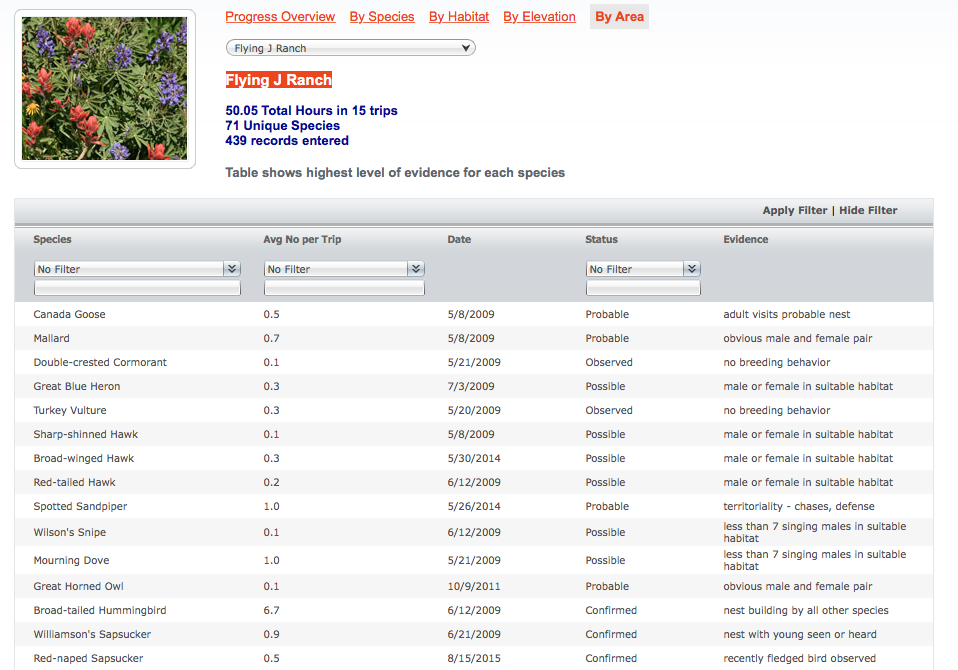
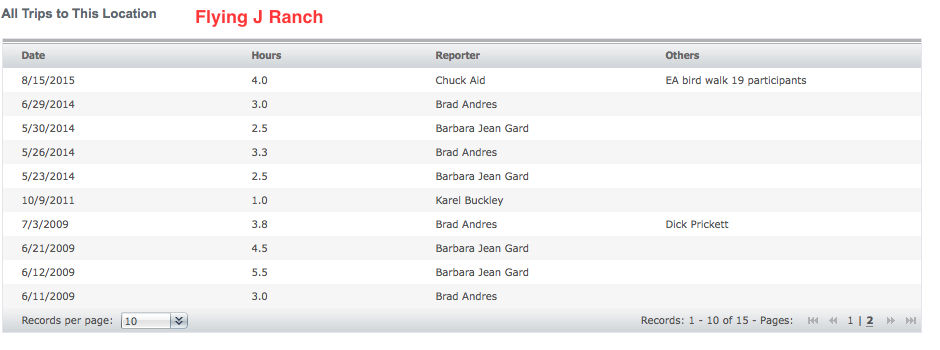

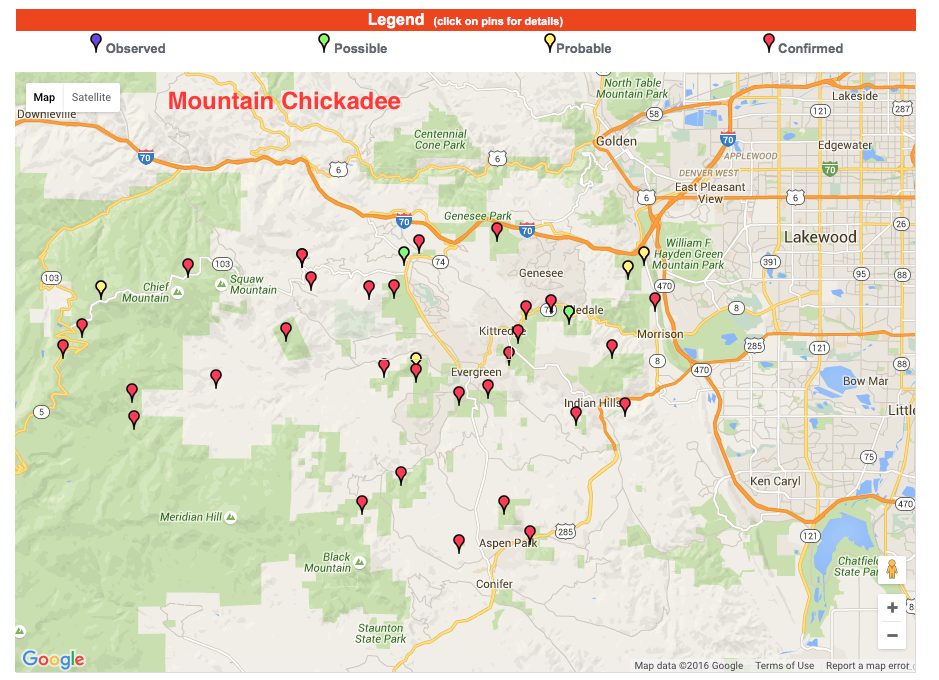
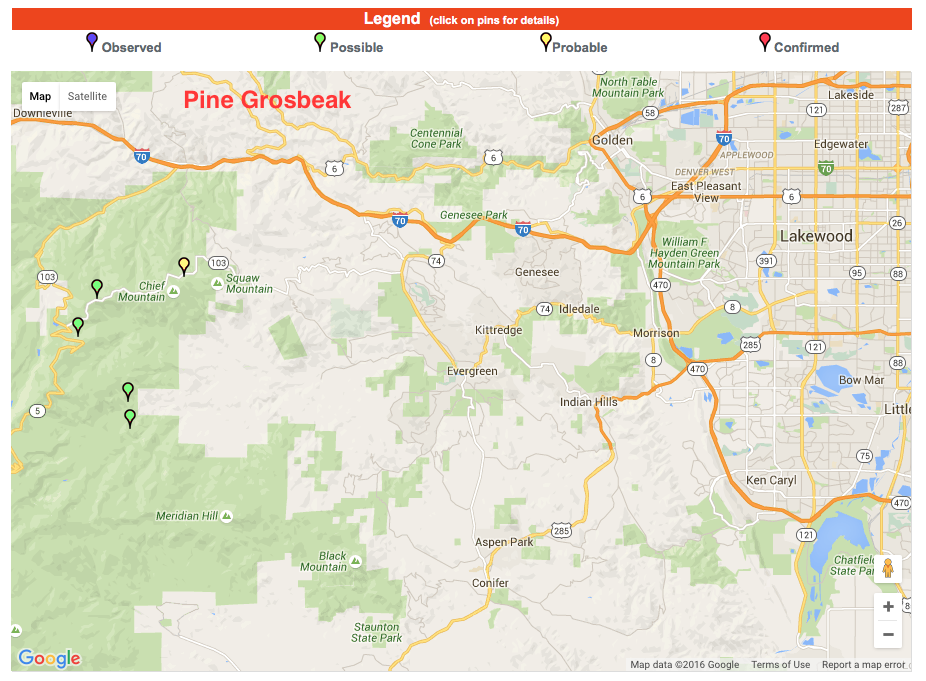

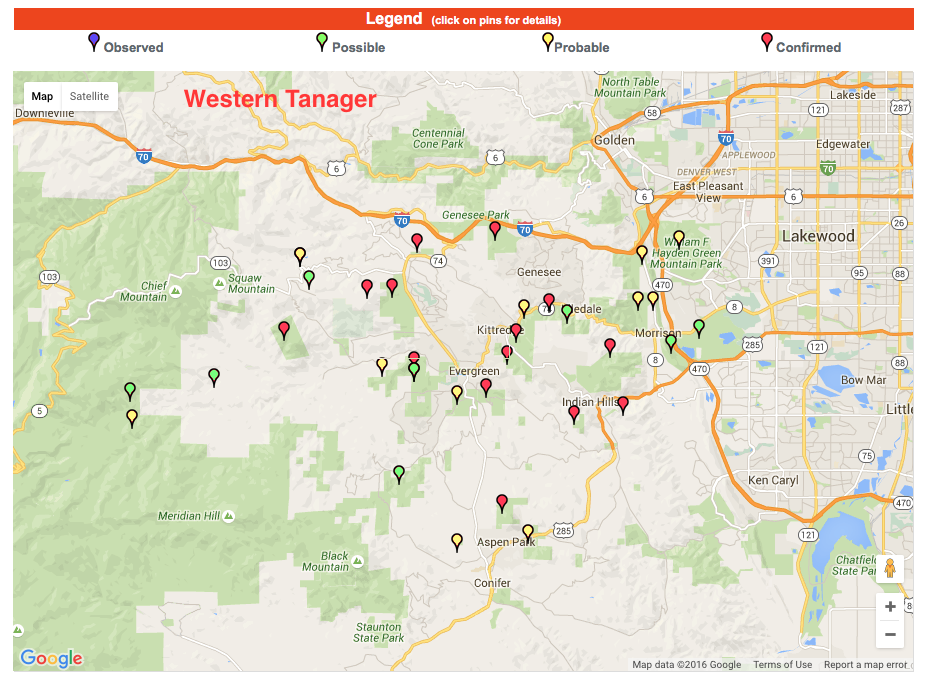
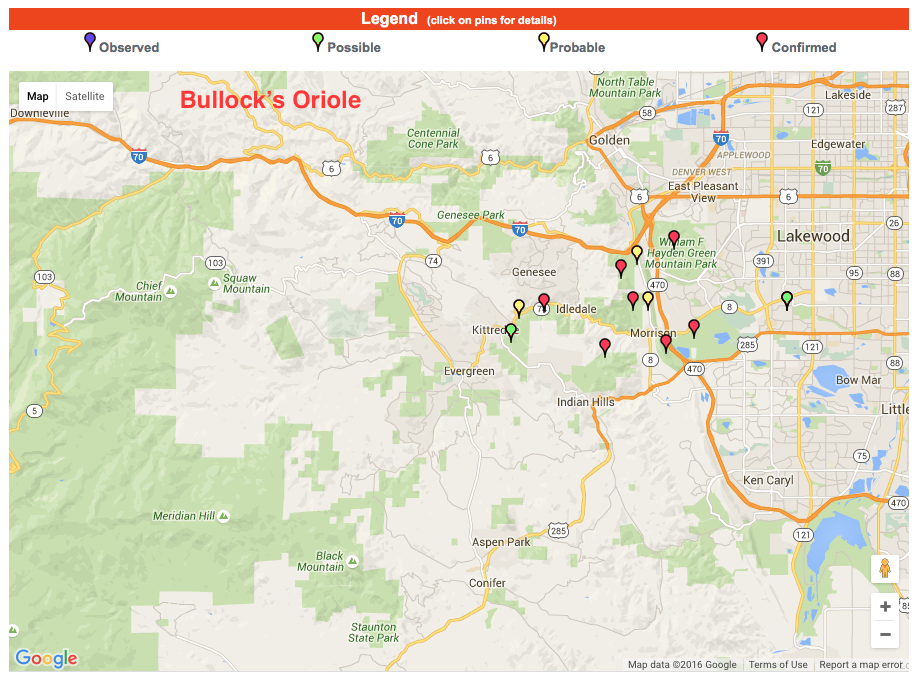
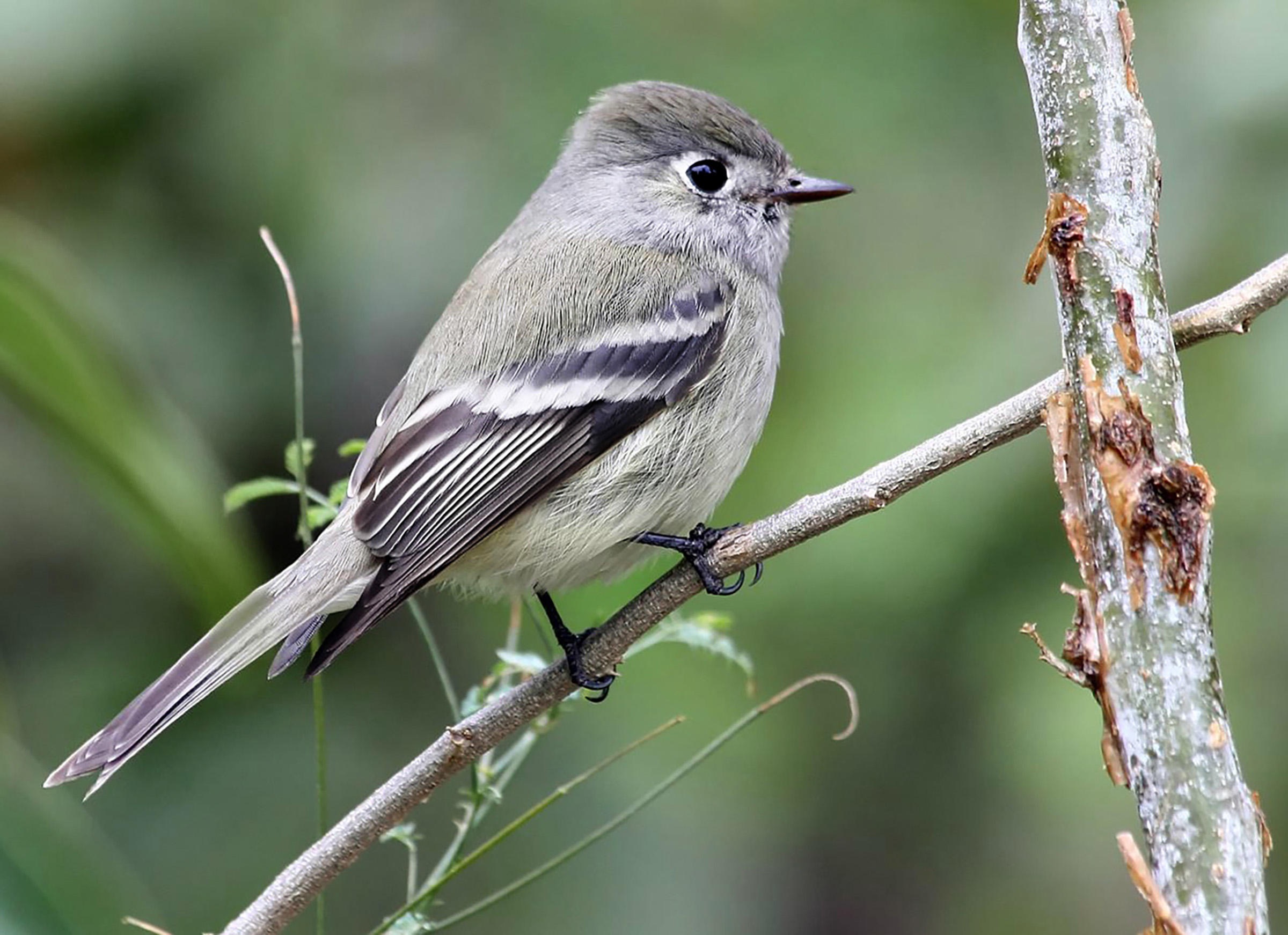
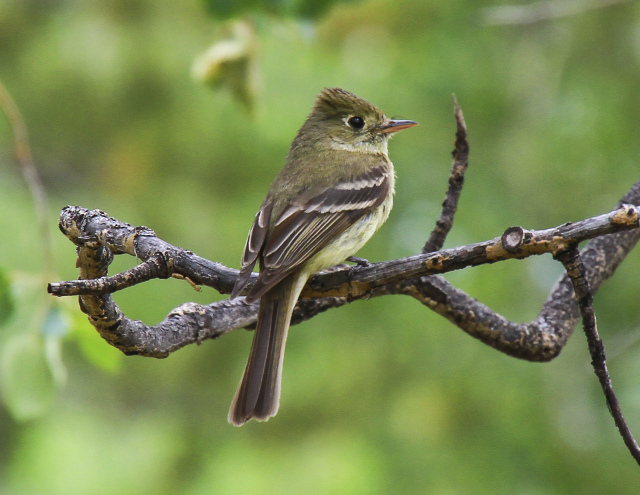




 Birds have sharper vision than humans and are able to see certain light frequencies that humans cannot see, such as ultraviolet. In fact, many songbirds have feathers that reflect UV light to help communicate species, gender, and perhaps even social standing. Birds can see UV under normal daylight conditions, while humans require a black light. Since birds can see UV light, the use of WindowAlert UV Decals and Liquid will substantially lower the amount of birds hitting your window. The WindowAlert UV Decals appear as frosted or etched glass to the human eye but birds see it as a brilliant glow like a stoplight. are small clings that are placed on the outside of your clean window. Birds see the decal and know that is not a clear direction of flight.
Birds have sharper vision than humans and are able to see certain light frequencies that humans cannot see, such as ultraviolet. In fact, many songbirds have feathers that reflect UV light to help communicate species, gender, and perhaps even social standing. Birds can see UV under normal daylight conditions, while humans require a black light. Since birds can see UV light, the use of WindowAlert UV Decals and Liquid will substantially lower the amount of birds hitting your window. The WindowAlert UV Decals appear as frosted or etched glass to the human eye but birds see it as a brilliant glow like a stoplight. are small clings that are placed on the outside of your clean window. Birds see the decal and know that is not a clear direction of flight.